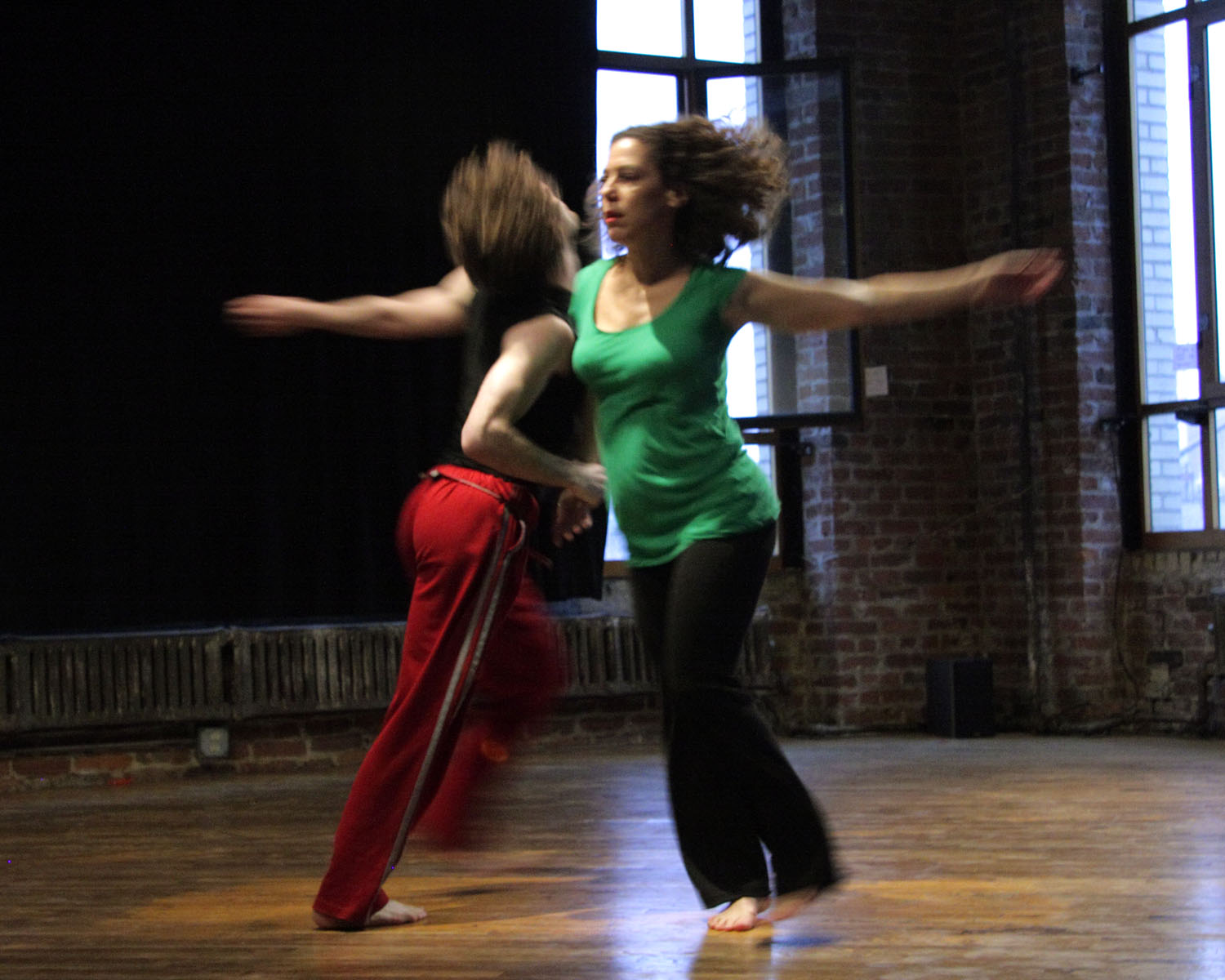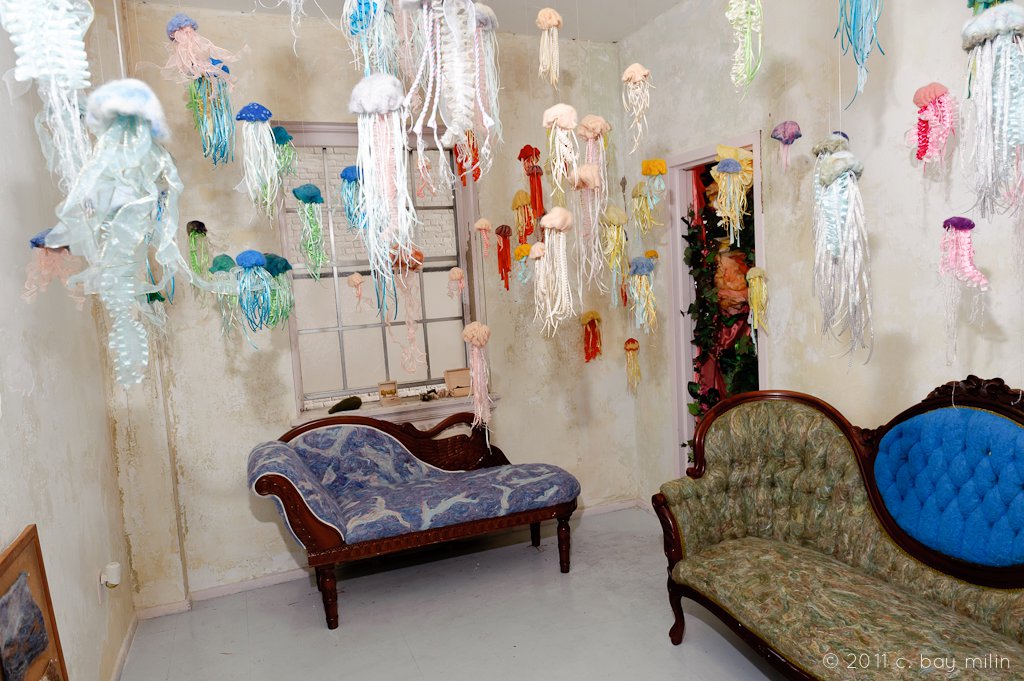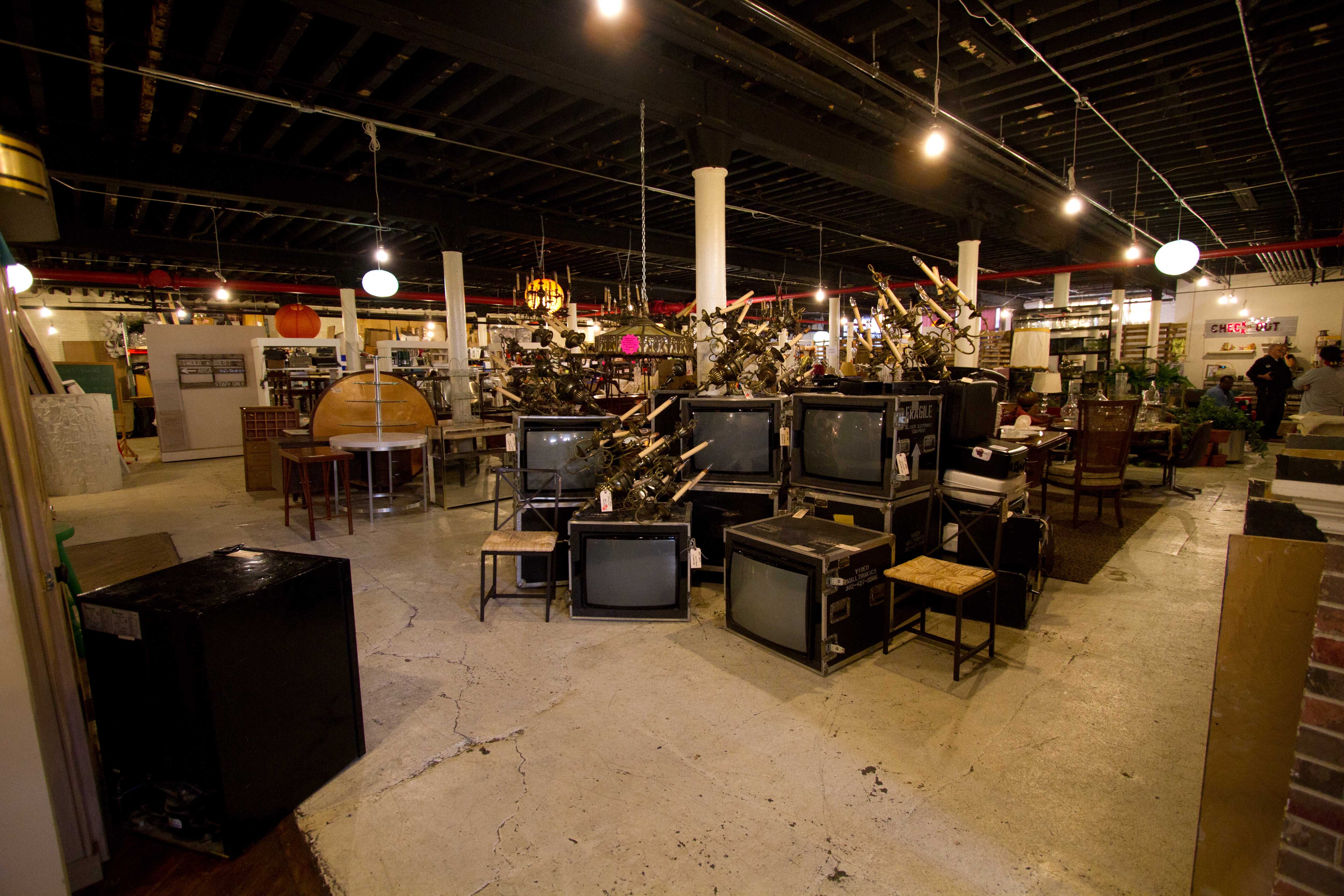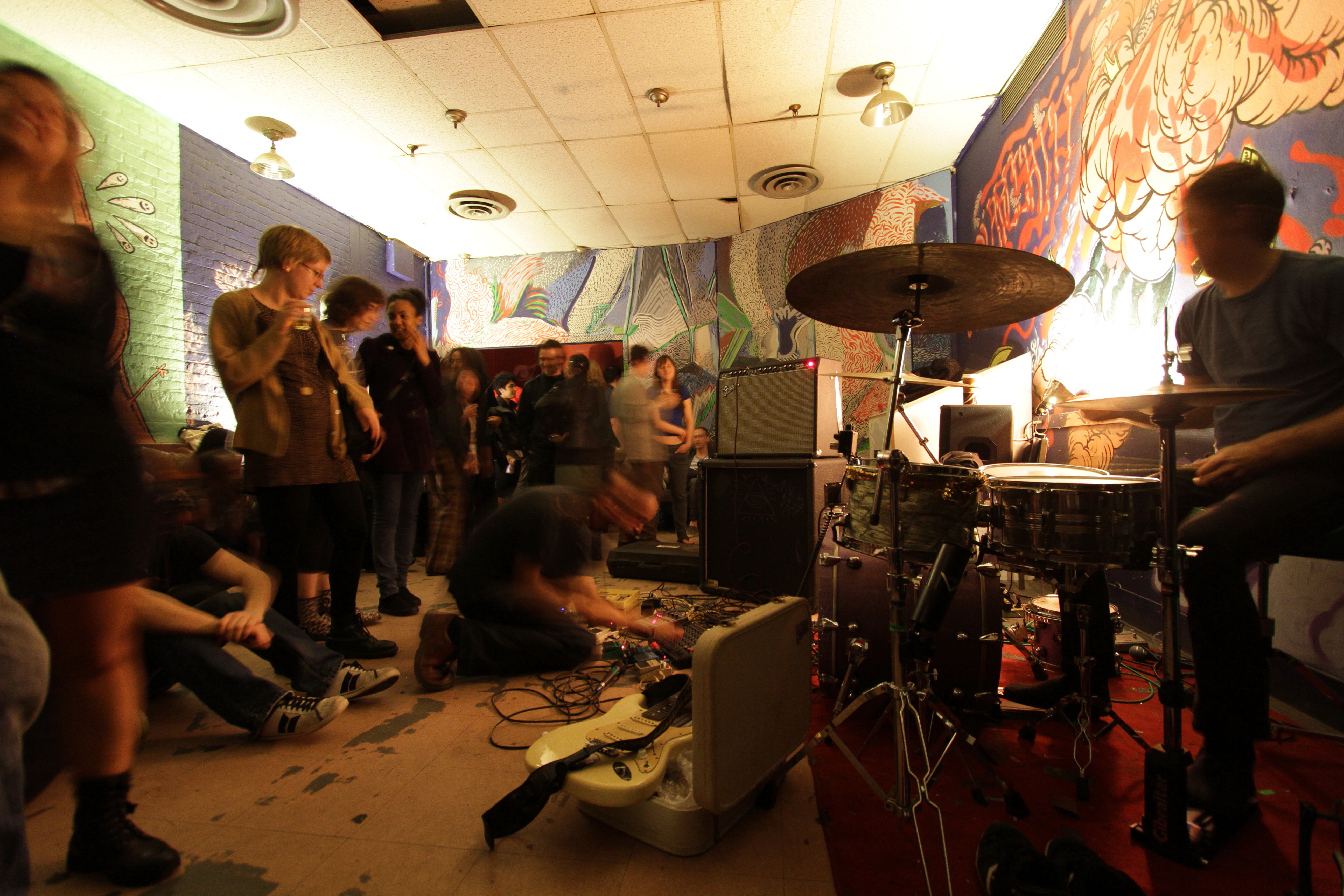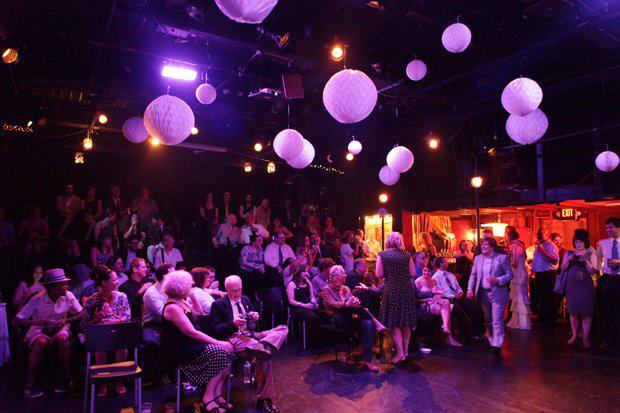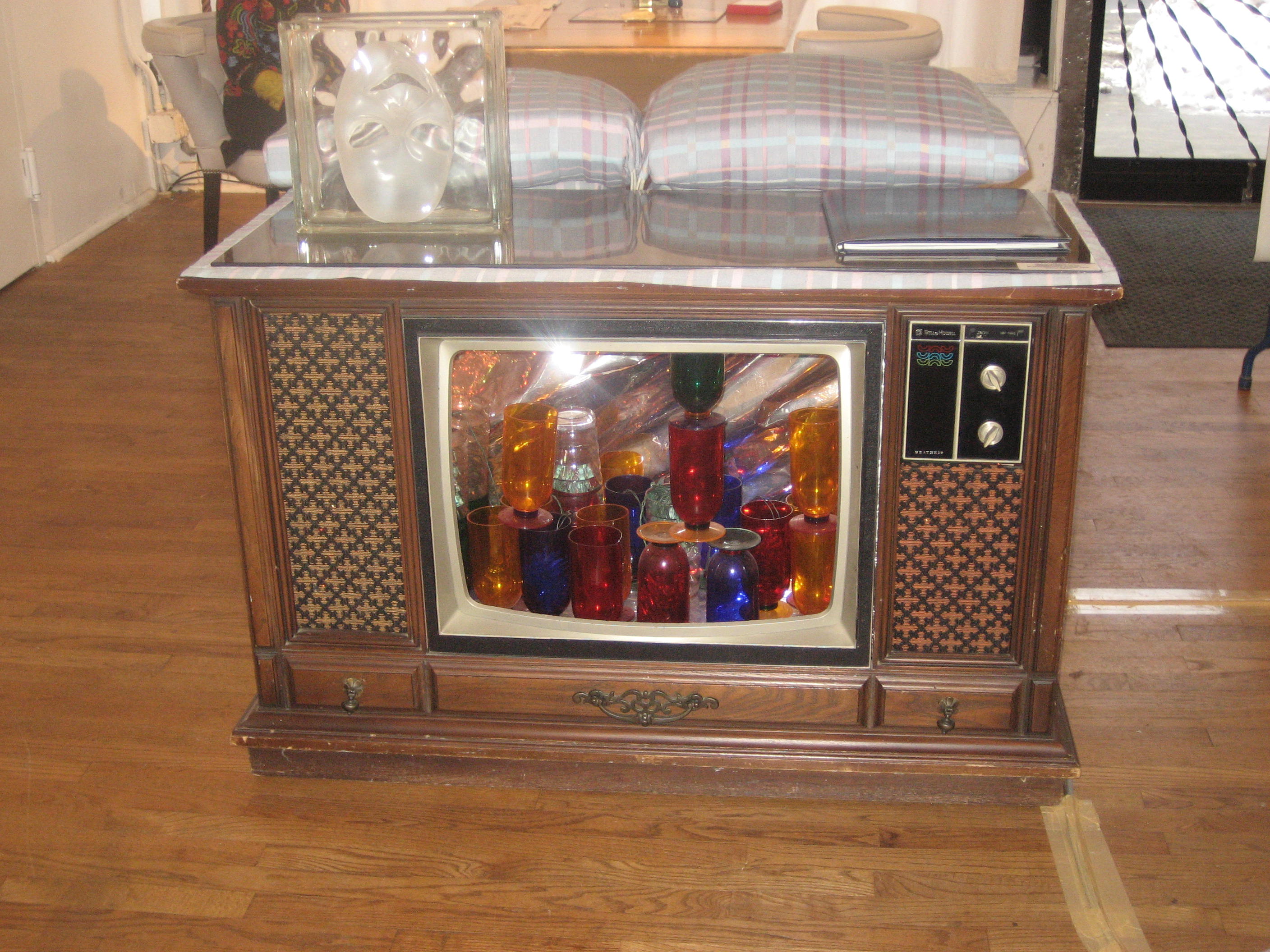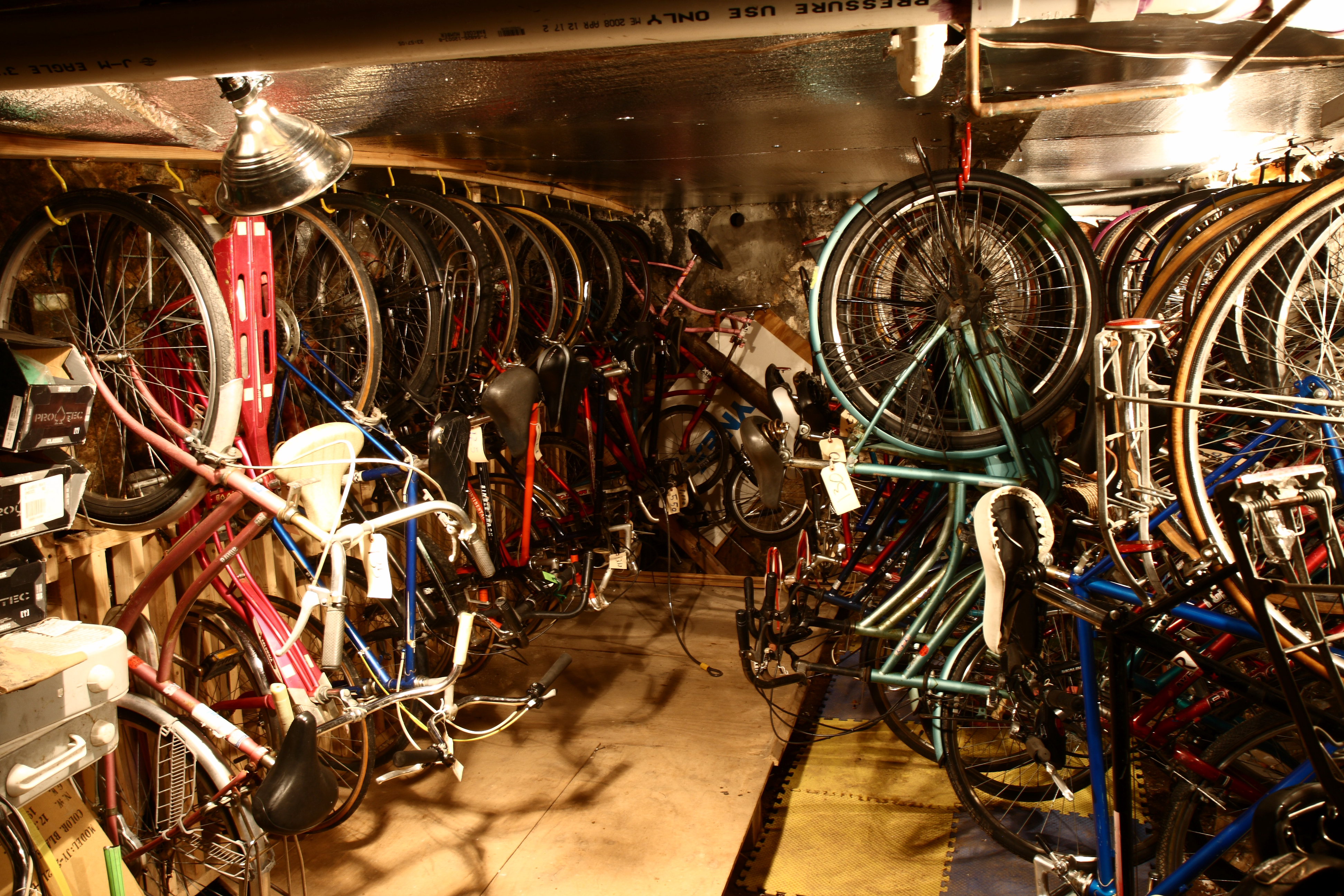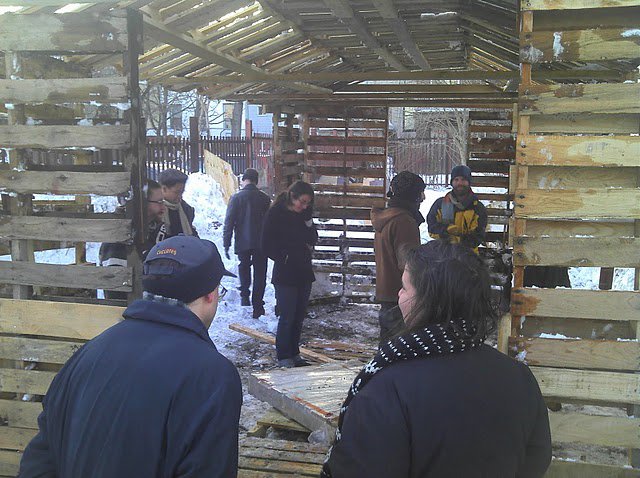chez bushwick
space type: dance studio | neighborhood: bushwick | active since: 2002 | links: website, facebook, myspace
Chez Bushwick, an artist-run dance studio and performance space, is one of the vanguards of the modern incarnation of Bushwick as an artist haven. Founded by choreographer Jonah Bokaer and cellist Loren Dempster, Chez Bushwick started out as a practice studio in an industrial loft, a place to give experimental dancers and choreographers room to gather, collaborate, practice, and create. Almost immediately they started hosting performances in the space, and it became a general gathering place for artists and creatives. I’ve seen at least a half-dozen shows there over the years—I used to live around the corner from Chez Bushwick, and it was one of the spaces that made the neighborhood magical.
By 2008, Chez Bushwick had become a nonprofit, and since the craziness of Bushwick was already on the wane, they shifted their focus and began a partnership with the new LEED-certified dance space Center for Performance Research, which was cofounded by Bokaer and John Jasperse of Thin Man Dance. Now most of the performances happen at CPR, and Chez Bushwick is primarily used as a studio for dance rehearsals, artist workshops, and classes in yoga and capoeira. They have an annual program called Chez Bushwick Presents—an artist-run performance series highlighting work by emerging artists—and host some performances during festivals like Arts in Bushwick’s Beta Spaces, Bushwick Open Studios, and SITE Fest. Chez Bushwick also does community youth outreach in conjunction with the Coalition for Hispanic Family Services, among others.
According to Bushwick BK, “Chez Bushwick is a neighborhood arts anchor, an ambassador… for Bushwick’s creative community, and above all, a great place to hang out with your neighbors and watch some cutting-edge performance. It’s location is fitting: Chez Bushwick manufactures culture.” I couldn’t agree more.
Q&A with Christina, program manager, and Lindsay, studio manager
brooklyn spaces: What are some favorite shows you’ve done or seen here?
Christina: About a year ago we produced David Wampach’s Bascule. He’s a French choreographer, and he came and rehearsed at Chez Bushwick with three New York–based dancers—Michelle Boulé, Liz Santoro, and Brian Campbell—and then the show was presented at CPR. It was a massive amount of work, but it was phenomenally well received, and it was really exciting to see. I also love Konic Thtr, whose show we co-produced at the CPR. They’re from Spain, they work with technology as much as with choreographers, and it’s very visual, they have a lot of projections, they’ve got a live-feed video mixed in with the movement. Otherwise I’m always delighted to work with a range of different artists who are all very inspiring and exciting. In the past year, just to name a few, we’ve worked with Anya Liftig, Tatyana Tenenbaum, and Ivanova Silva, who put together a show featuring choreographers and performers from Latin America, Japan, and Europe. I was so thrilled to see our small organization represent such a spectrum of perspectives.
Lindsay: For the last Bushwick Open Studios I was given the opportunity to bring together some performing artists, and that was wonderful. There’s something really free about that event, and the casualness of presenting really personal, important art that can and does exist without a lot of production.
brooklyn spaces: What unites all the different work you present and support?
Christina: We’re definitely focused on contemporary choreography and performance, and on experimentation. We try to give artists full creative freedom, to support artists at all career stages, and to really look at what’s pushing the field forward, in terms of different approaches, different types of collaboration, uses of technology, or anything else.
Lindsay: The artists I’ve seen come through here have all been asking questions with their work. They’re not conserving or memorializing any kind of past ideology about art making; it’s all of the present.
brooklyn spaces: What are your thoughts about being an arts organization in Bushwick these days?
Christina: I’m incredibly thankful overall to Bushwick. This is by far my favorite community I’ve ever been a part of. I came here a few years ago, along with many many many other artists who were leaving Dumbo, and it was incredible, there was an energy you could feel, creativity and freedom and openness and a real lack of rules. Now we’re all very aware that things are shifting. It feels like a loss of youth, even though I’m well aware that this neighborhood was here for a long long time before we came in, and it’s fraught with all the things that come with gentrification. But I can hold many truths at once, and among them is a sense that this is a very special time and place, and I remain, depending on the day, more or less hopeful about what the next phase might be. But there’s no doubt the dynamic has changed, and that changes not only the individual experience, it changes the creative output of this neighborhood, which impacts the city as a whole. What makes an organization like Chez Bushwick and the many other small nonprofits incredibly important is that this is where things begin. If you don’t have a very supported, open atmosphere at this level, then what you end up with at BAM is not going to be very interesting.
brooklyn spaces: What are your goals for the future of the space?
Lindsay: Dancers often have residencies out of town; you generally need to leave in order to truly dedicate time to what you’re doing. So we’ve been talking about ways to provide something like a staycation, but a stay-residency, to give people the opportunity to be at home, in their home space, and have their art in the same locality. There’s such an extraordinary need for that, especially for those who are just starting out. You can work in the dance field for a long time and still have very little support.
Christina: We’re also looking at improving the studio itself. We redid the floors this summer, we got a grant to put in soundproofing from the Mertz Gilmore Foundation, who are just phenomenal. Also we’re looking at new ways to give support to people for whom maybe this is the first support they’ve ever gotten. I really want Chez Bushwick to help artists realize that if you get out of bed and feel good about the work you’re making, or even if you feel crappy but know that’s part of your process, that’s success. I want us to acknowledge people and the work they’re doing, to be a voice for everyone who says, “I’m not staking my entire life on ending up in MoMA; I make art because it’s a way of life.” I think that’s probably the biggest cultural driver we have. I just want to tell everybody: “You’re good! You’re doing amazing stuff! You’re driving this city! Nobody’s patting you on the back for it, but you are.”

student preparing for Nation of Nations peformance during CHFS’ Arts & Literacy Street Festival in Maria Hernandez Park, photo by Christina deRoos
***
Like this? Read about other performance spaces: Vaudeville Park, Cave, Bushwick Starr, Clockworks Puppet Studio, Cave of Archaic Remnants, South Oxford Space, The Muse
